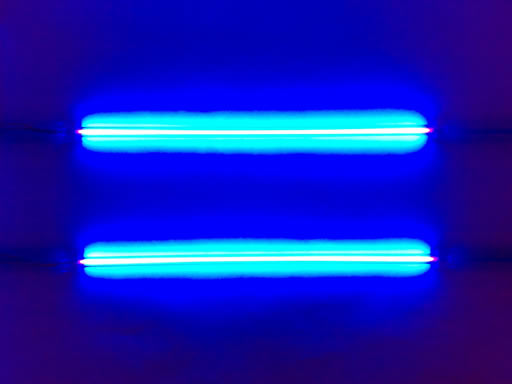
Suleyman Demirel University
Uv Protection
Made by Kidirbayeva Assem 4A_04
Almaty 2013
Table of contents
1.Introduction
2. Affects of UV
3.Nanoparticles
4.Inorganic nanoparticles components. Advantage\disadvantage of inorganics
5.Organic nanoparticles components. Advantage\disadvantage of organics
6.Conclusion
7. References
Introduction
Ultraviolet (UV) light is electromagnetic radiation with a wavelength shorter than that of visible light, but longer than X-rays, that is, in the range between 400 nmand 10 nm, corresponding to photon energies from 3 eV to 124 eV. It is so-named because the spectrum consists of electromagnetic waves with frequencies higher than those that humans identify as the color violet. These frequencies are invisible to most humans except those with Aphakia. Near UV is visible to a number of insects and birds.
UV light is found in sunlight and is emitted by electric arcs and specialized lights such as mercury lamps and black lights. It can cause chemical reactions, and causes many substances to glow or fluoresce. A large fraction of UV, including all that reaches the surface of the Earth, is classified as non-ionizing radiation. The higher energies of the ultraviolet spectrum from wavelengths about 120 nm to 10 nm ('extreme' ultraviolet) are ionizing, but due to this effect, these wavelengths are absorbed by nitrogen and even more strongly by dioxygen, and thus have an extremely short path length through air. However, the entire spectrum of ultraviolet radiation has some of the biological features of ionizing radiation: it does far more damage to many molecules in biological systems than is accounted for by simple heating effects (an example is sunburn). These properties derive from the ultraviolet photon's power to alter chemical bonds in molecules, even without having enough energy to ionize atoms.
Although ultraviolet radiation is invisible to the human eye, most people are aware of the effects of UV on the skin, called suntan and sunburn. Short-wavelength and mid-wavelength UV can cause much damage to living organisms. This means that life on Earth outside of the deep oceans is possible only because the atmosphere, primarily the ozone layer, filters out nearly all short-wavelength and most mid-range UV.[2] A small amount of near-ultraviolet reaches the surface and does not cause sunburn, but can still cause long-term skin damage and cancer. It is also responsible for sunburn and for the formation of vitamin D in organisms that make this vitamin (including humans). The UV spectrum thus has many effects, both beneficial and damaging, to human health.

Affects of uv
Sunscreen has been the major combatant of skin cancer by protection against ultraviolet radiation (UV). Sunscreen formulations have adapted and improved to become protective over a broader spectrum of lightand maintain greater photostability. Sunscreens are comprised of organic and inorganicnanoparticles which act as chemical an physical UV protectors, respectively. Sunscreen components are limited by their spectrum of protection, photostability or often a combination of both. Recent studies using solid lipid nanoparticles (SLN), new organic molecules, inorganicsand antioxidants attempt to optimize UV protection.
